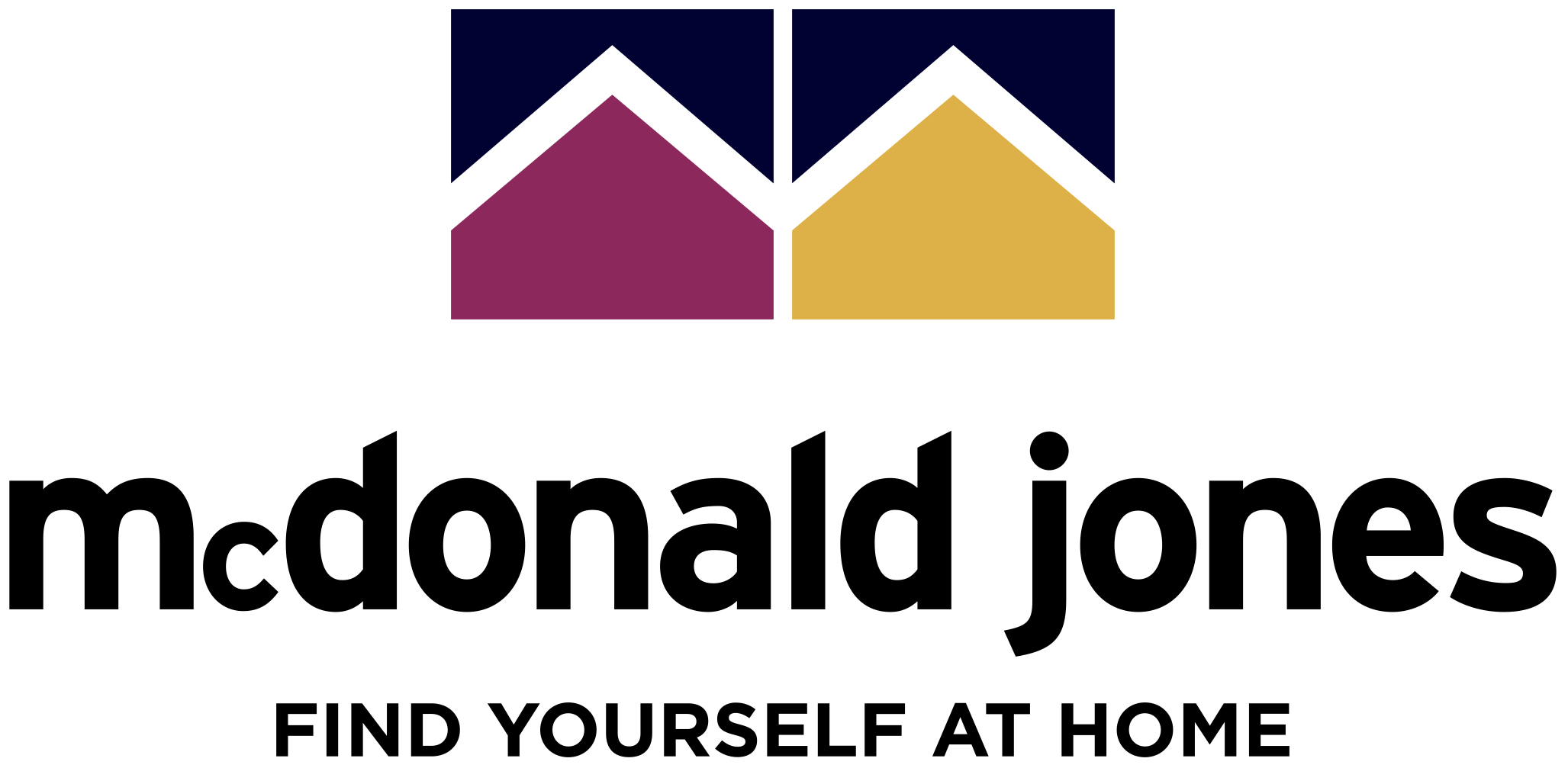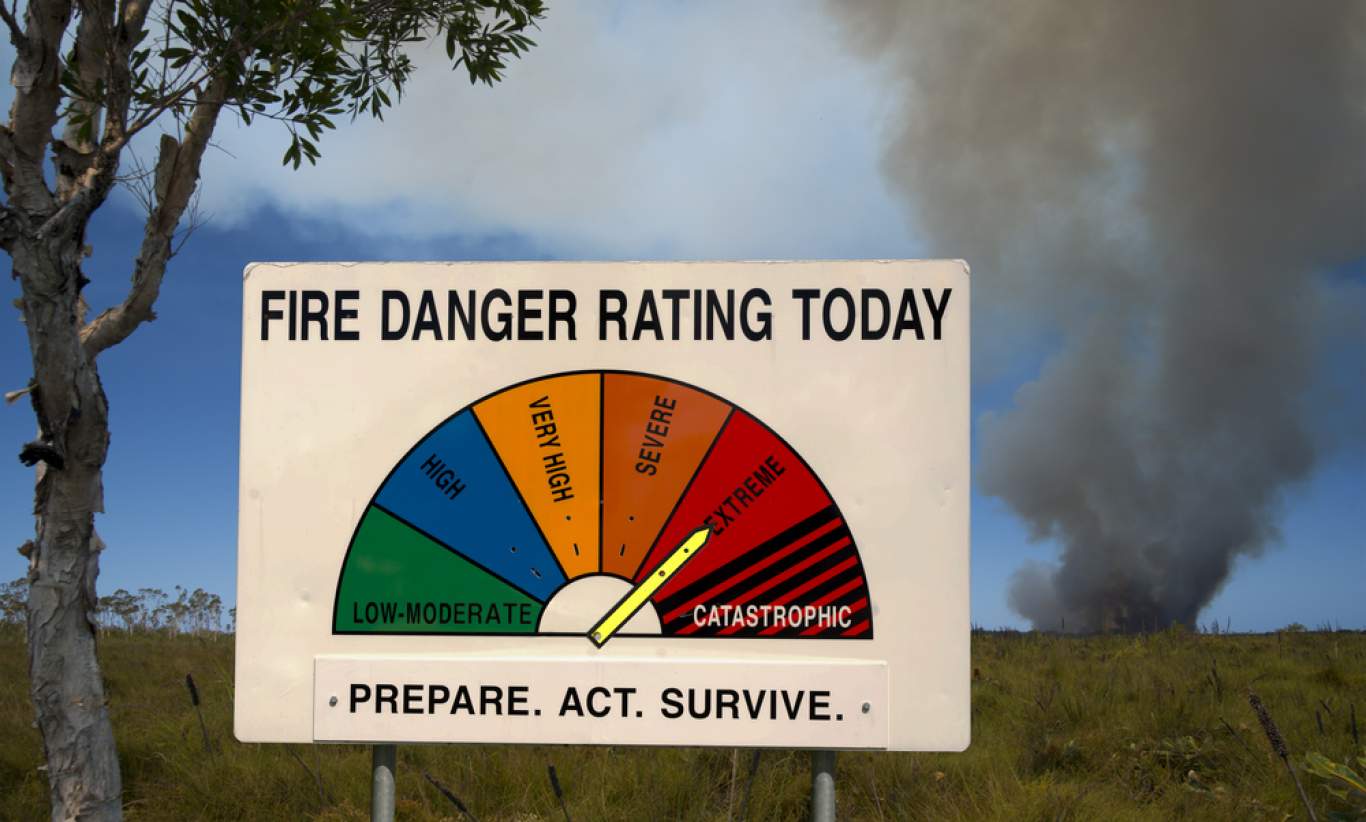Building in Bushfire Prone Areas
As much as all Australians love and respect our beautiful bushland, there’s no getting away from the fact that bushfires can be huge trouble for homeowners. When you’re building near native bush, you have to take the risks into account and have a plan.
The bottom line is that bushfires don’t take prisoners. They’re extremely dangerous and when you’re building your home, you have to make sure your home is as safe as possible and adhere to the BAL ratings indicated by your local Council.
Bushfire Basics
Native trees like eucalyptus, tea tree and wattle are all fire hazards. European trees like pine trees are also fire hazards. These trees have adapted to bushfires and even take advantage of the blaze to shed and grow their seeds. One of the standard instructions for horticulturalists to germinate eucalypt seeds is to put them in an oven!
Many of these trees are huge. When they catch fire, they generate incredible heat. Bushfires can also spread clouds of burning embers and sparks, which in turn may cause roofing and flammable objects around a house to catch fire.
The traditional, common sense approach to building in bushfire prone areas is based on 200 years of experience:
• Big trees need to be well away from the house. No ifs, no buts and no maybes. This reduces the risks from fire and falling branches and avoids having sources of fire too close to the house. Additionally, these big trees have big root systems which can destroy plumbing and foundations quite easily. Don’t forget - You will need to have approval from local Council to remove any trees located near you home.
• Smaller trees like wattles and tea trees are too flammable to be close to a house. The wattles and tea trees are full of flammable oils which burn with extreme heat. Having one of these trees near your house is just too dangerous.
• Do NOT allow dry fuel to accumulate in the bush around your house. Either clear it yourself or get some help from your local Fire Brigade, but it must go.
• You need a good clear space around the house. The rule of thumb for the size of this space is the height of the big trees, plus at least a few metres. This reduces risks from falling trees and the clear space should also be fuel-free.
• Houses on slopes with bushland. Bushfires climb slopes fast. Australian fires have been measured as travelling at up to 120kmh. The lower slope should be cleared of fuel and house surrounds should have clear spaces.
• You should have a system in place to keep the roof wet. The roof can be hard to access and is definitely NOT where you want to be in a big bushfire. This can be a sprinkler system or whatever’s available, but you need to ensure that flying embers and sparks don’t lodge in the roof and start it burning.
Building a New Home on a Bush Block?
McDonald Jones is a leading Australian company specialising in new home design and house and land packages in NSW and the ACT. We can help you with the regulations and practical suggestions and methods to make your bush home safe. Ask our experts about managing bushfire risks, we’ll be happy to help. Call us or contact us online with any enquiries about purchasing a new home.


